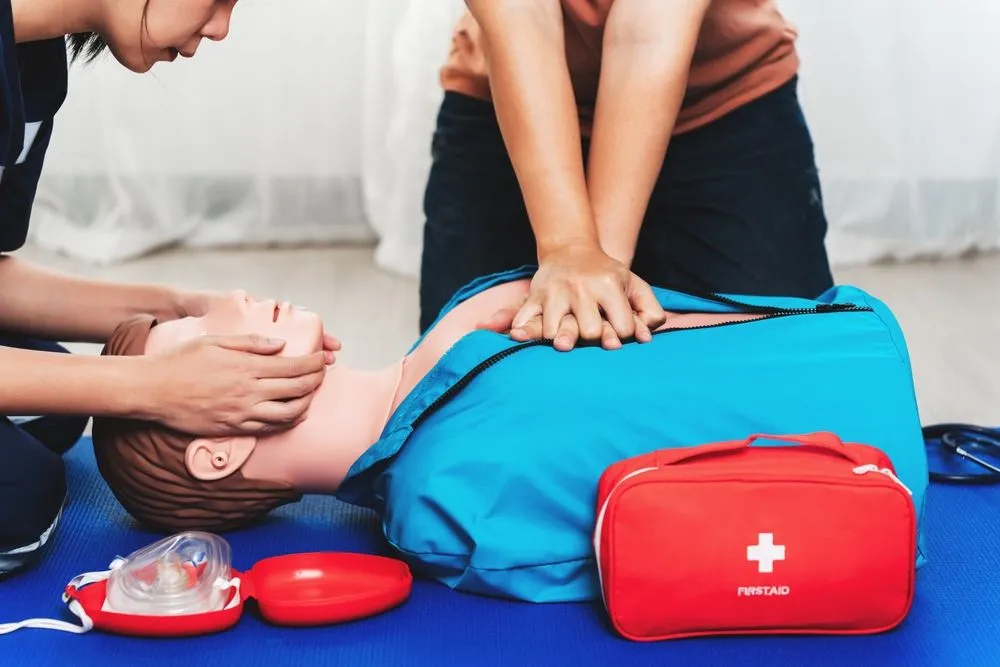Learning basic first aid skills can make a significant difference in saving a life during an emergency. A 2021 survey in the UK revealed that over 30% of adults lacked knowledge of CPR or chest compressions and had never participated in any basic first-aid training.
Fortunately, anyone can enrol in first aid courses to learn these life-saving techniques. Learning these skills allows you to respond effectively in emergencies by applying pressure to a wound or performing other procedures. For this reason, first aid training is often included in school curricula and workplace safety programs.
One critical framework in first aid is the DRSABCD action plan. It helps you assess a situation and provide appropriate care, from reducing pain and covering wounds to administering CPR.
DRSABCD Meaning: What Does DRSABCD Stand For?
DRSABCD is an acronym that outlines the steps to follow in an emergency first aid situation. Each letter stands for a specific action:
Acronym | Step | Short Description |
D | Danger | Check the area for dangers to yourself, the casualty, or others. Ensure the environment is safe. |
R | Response | Check if the casualty is responsive by speaking to them or gently shaking their shoulders. |
S | Send for Help | Call emergency services (e.g., 999) and provide clear information about the situation. |
A | Airway | Ensure the airway is clear by tilting the head back and lifting the chin to remove obstructions. |
B | Breathing | Look, listen, and feel for breathing. If not breathing, prepare to perform CPR. |
C | CPR (Cardiopulmonary Resuscitation) | Perform 30 chest compressions followed by two rescue breaths. Repeat until help arrives. |
D | Defibrillation | Use an Automated External Defibrillator (AED) if available, following its instructions. |
The DRSABCD framework helps you take systematic and effective steps to aid someone in a critical situation.
DRSABCD Action Plan in First Aid
The DRSABCD action plan outlines a step-by-step approach to managing emergencies effectively. It helps assess danger, provide immediate assistance, and determine the best action. Following are the DRSABCD steps included in the primary survey of first aid:
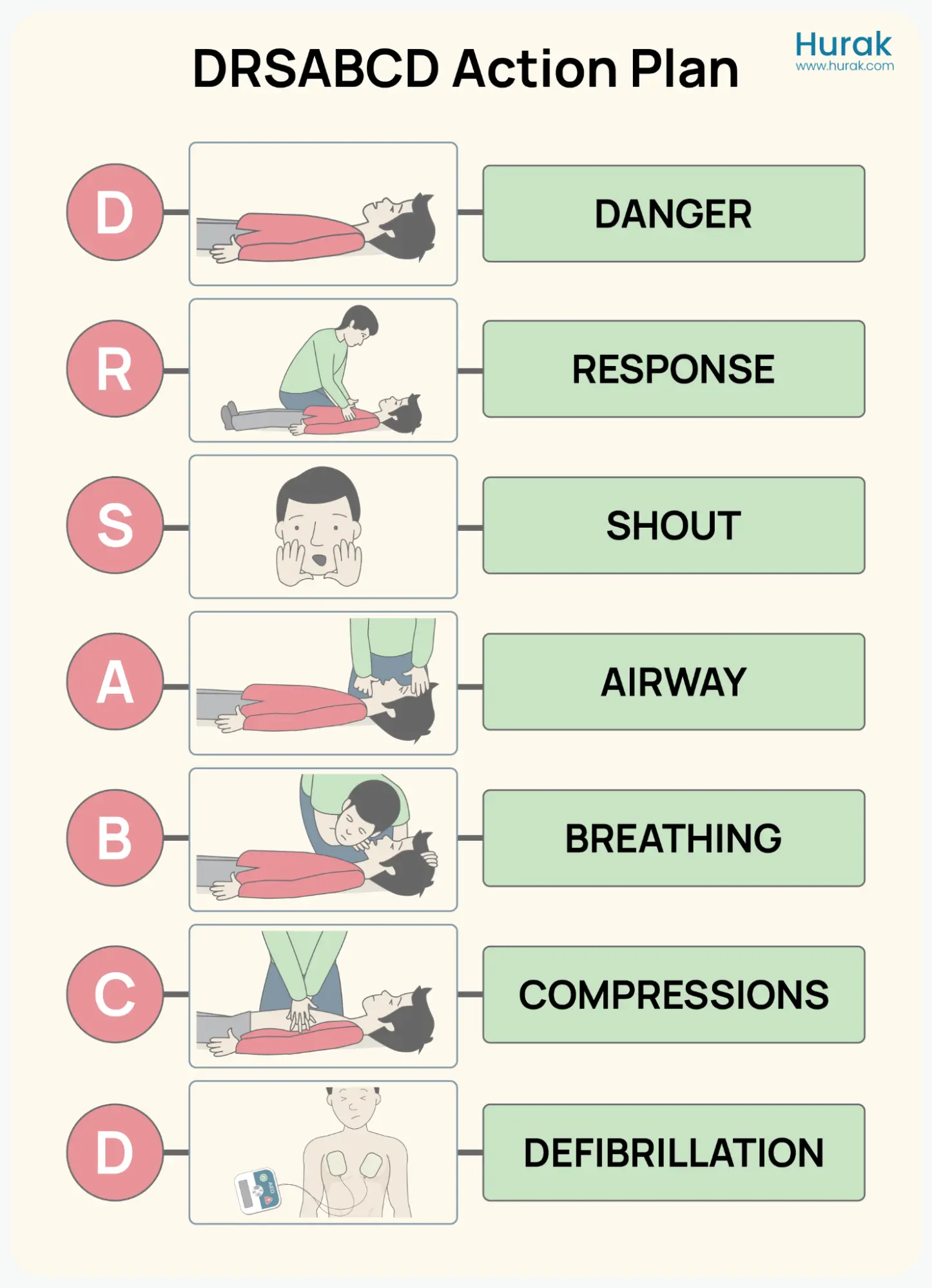
Danger
Start by ensuring the area is safe for both you and the casualty. For example, if the incident occurs on a road, ensure the area is traffic-free. Avoid moving the casualty if trapped or badly injured, as this could cause further harm. Instead, call for professional help or ask others nearby to assist.
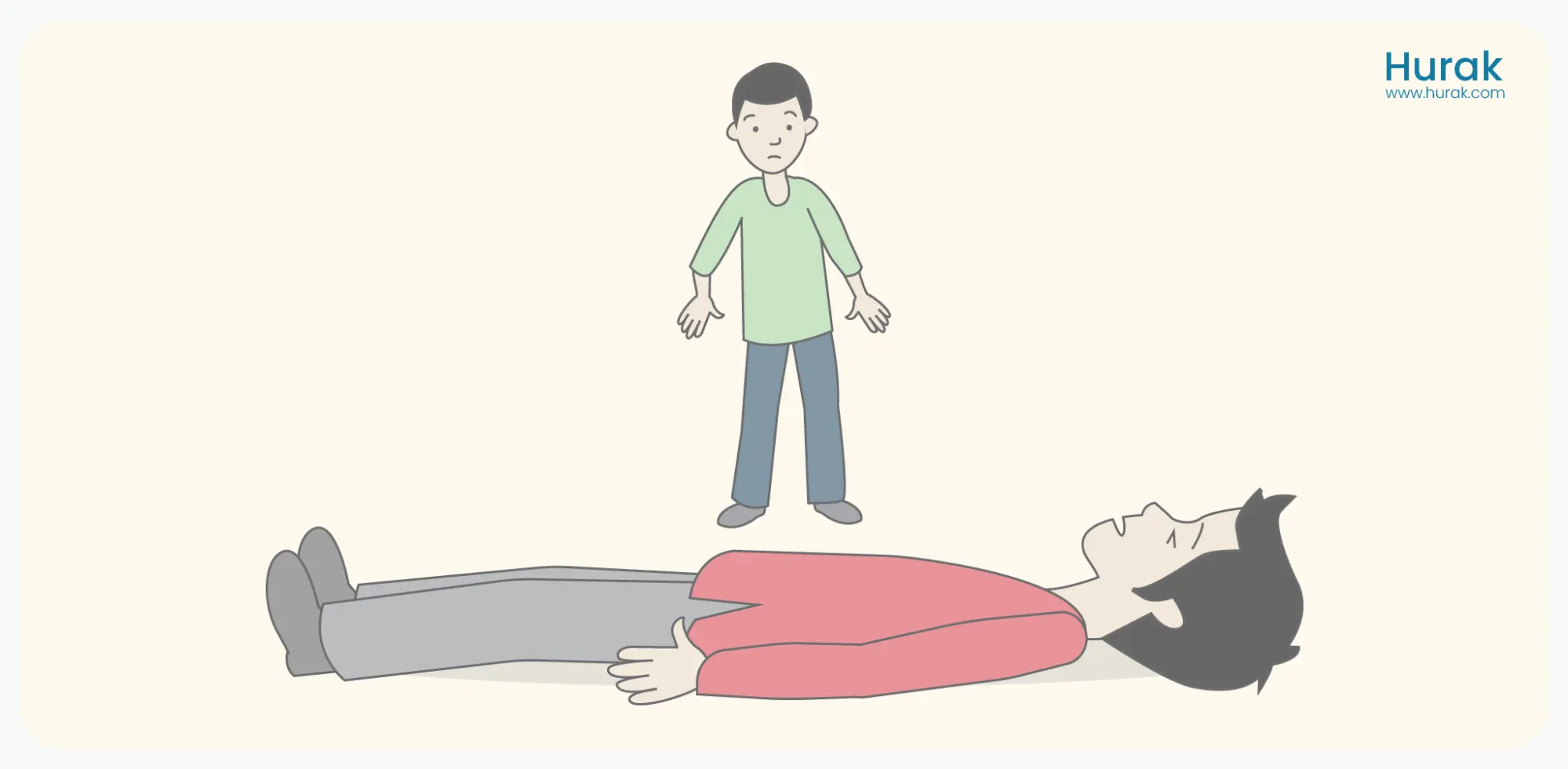
Response
Check if the casualty is responsive. Shake their shoulders gently and ask simple questions like their name or how many fingers you hold up.
Outcomes:
If responsive: Assess their condition, pain level, and immediate needs.
If unresponsive: Call for professional help immediately and begin CPR if necessary.
Send for Help
Call emergency services regardless of the casualty’s responsiveness (e.g. 999). Place the phone on speaker mode and provide basic first aid until help arrives.
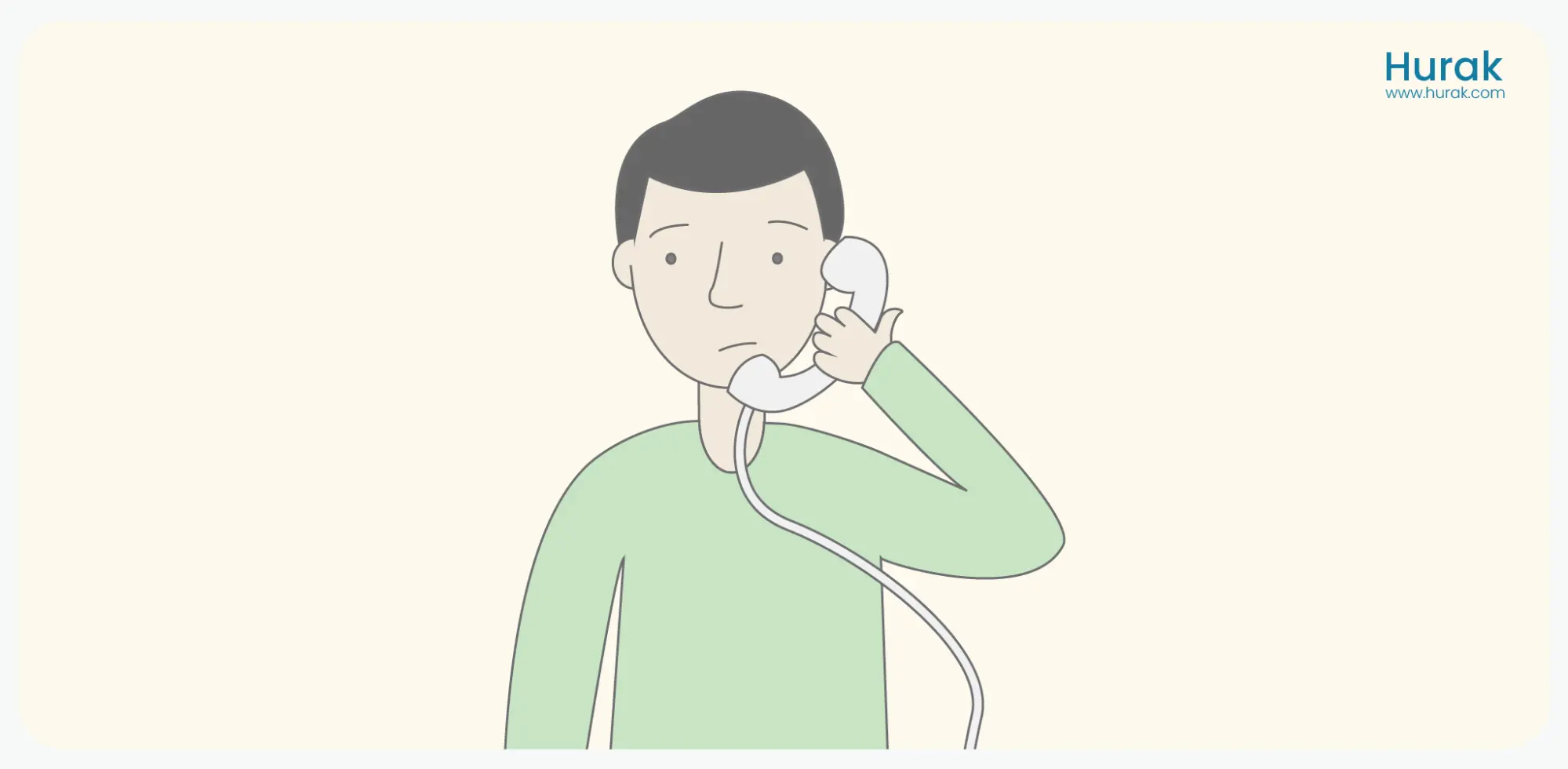
Airway
Ensure the casualty’s airway is clear. Look for obstructions in the throat or nose. Gently tilt their head back and lift their chin. If you can safely remove the blockage, do so. Otherwise, wait for professional assistance.
Breathing
Check if the casualty is breathing. Get close to their face to listen and feel for breath or observe chest movements.
If not breathing: Begin CPR immediately.
If breathing but unconscious: Place them in the recovery position by rolling them onto their side while keeping their spine, head, and neck aligned. Continue monitoring their breathing until help arrives.
CPR (Cardiopulmonary Resuscitation)
If the casualty isn’t breathing, perform CPR to circulate oxygen and blood:
- Place both hands on the lower half of their breastbone, at the centre of their chest.
- Press down firmly to 1/3 of the chest’s depth, giving 30 compressions.
- Open their airway, pinch their nose, and provide two rescue breaths by blowing steadily for one second each.
- Repeat the cycle (30 compressions, two breaths) at around 120 compressions per minute.
- Continue until professional help arrives or the casualty starts breathing.
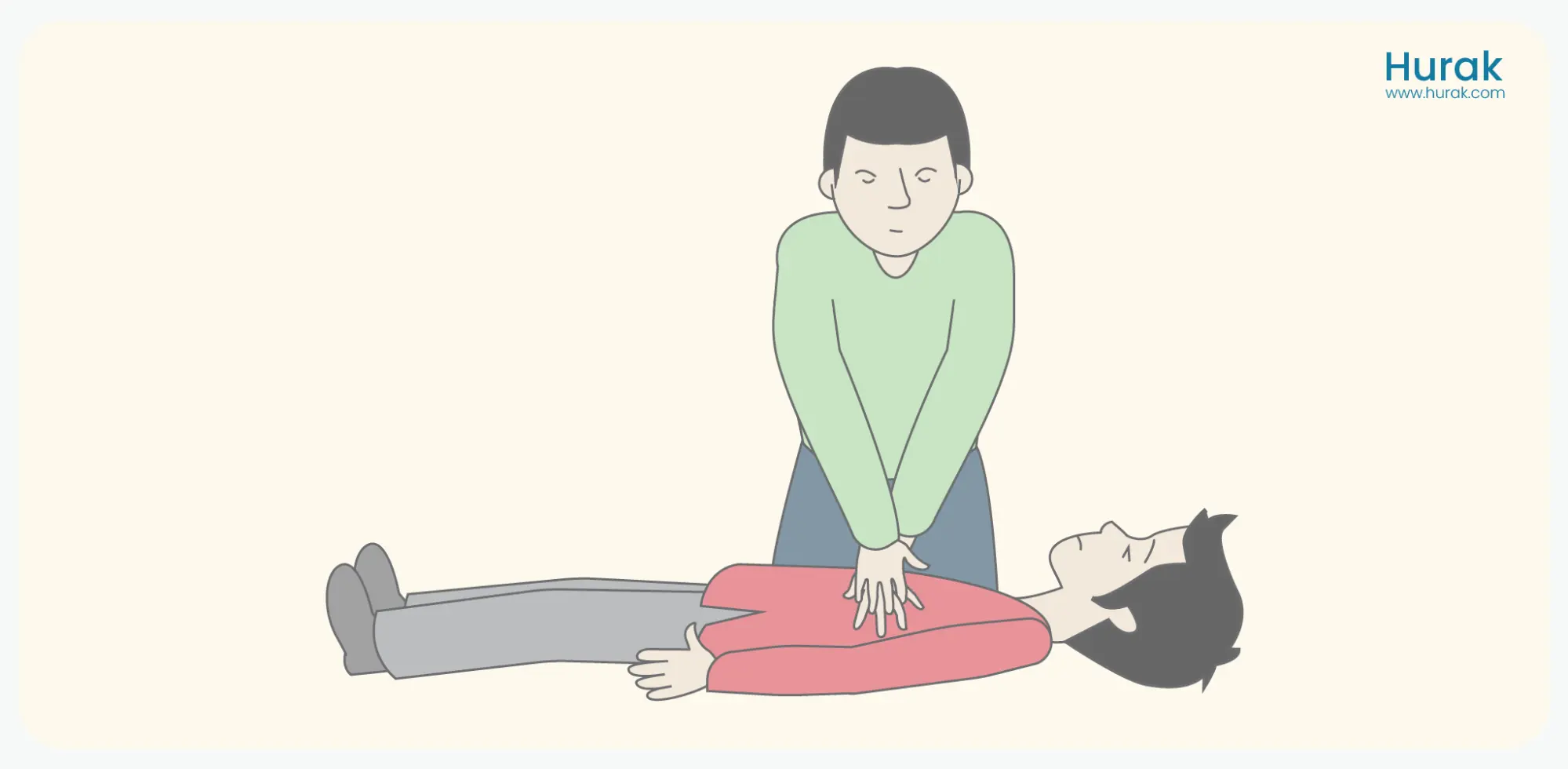
Defibrillation
If an Automated External Defibrillator (AED) is available, use it immediately after CPR if the casualty remains unresponsive. Modern AEDs provide clear step-by-step instructions. Follow these instructions carefully while waiting for medical professionals to take over.
By following the DRSABCD plan, you can provide effective first aid during critical emergencies.
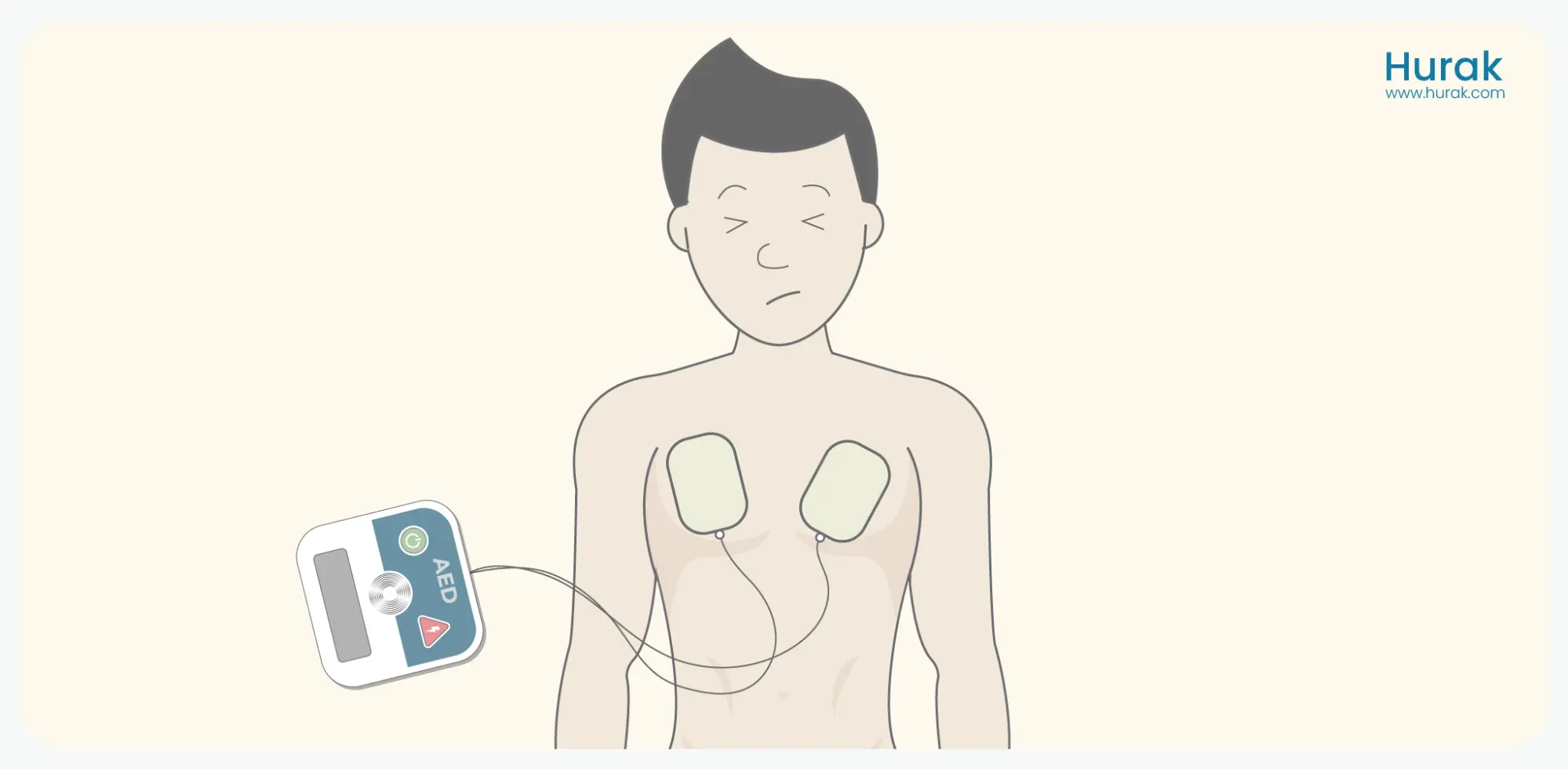

Put your knowledge of the DRSABCD steps into practice by enrolling in a course today! Our First Aid courses offer complete training to help you handle critical situations. Whether you want to improve your skills or workplace safety, these courses help build confidence and expertise. View our Emergency First Aid at Work (EFAW) and Level 3 First Aid at Work courses. These courses meet the UK legal requirements and help you keep people safe.
Conclusion
In conclusion, the DRSABCD action plan is a simple and effective guide to handling emergencies and saving lives. By following its steps—checking for danger, assessing responsiveness, calling for help, clearing the airway, checking breathing, performing CPR, and using a defibrillator—you can provide crucial first aid until help arrives. Practising these steps regularly helps you stay calm and confident, giving the casualty the best chance of recovery.


